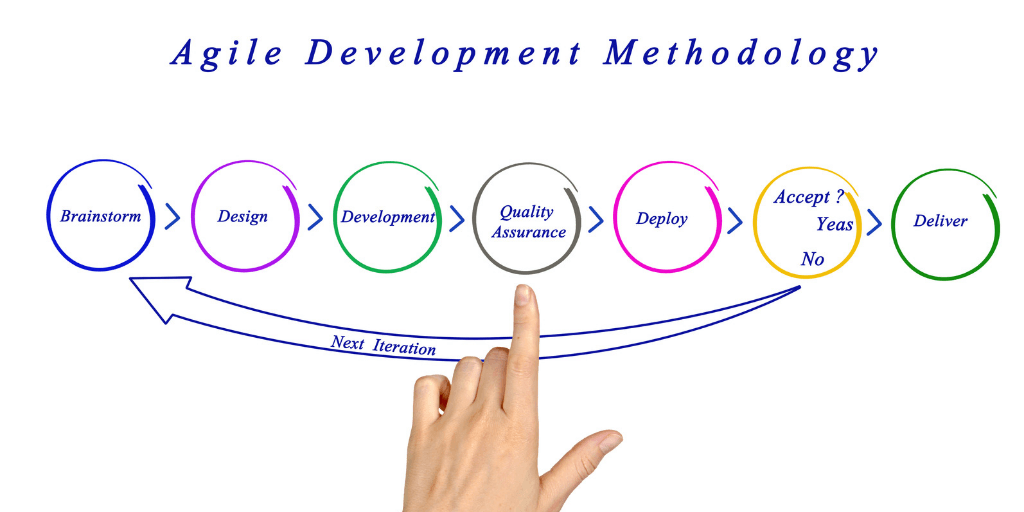
You don’t have to be in software development to be able to benefit from the adoption of a specific Agile framework, or at least some of its core principles.
From greatly increased flexibility in responding to the demands of the investors, customers, and market, to the elimination of bottlenecks through more transparent communication, a successful Agile transformation has the potential to drastically improve your productivity and enable you to handle projects you otherwise wouldn’t dream of accepting.
However, depending on the type and scope of your offer; the size of your company; existing hierarchies and established practices; client mentality and expectations, etc. actually making this transition can demand quite a bit of planning, problem-solving and confidence in what you’ve started.
Since it is impossible to prescribe a universal adoption method that would suit all businesses, we can at least take a look at the most common causes of failure and how to prepare for dealing with them.
Rushing in
The first part of the process, naturally, is deciding if you even want to commit to something this risky. You might be convinced that adopting one of Agile frameworks would improve your delivery times by eliminating the reliance on the siloed waterfall approach to project organization, but you need to stop to consider other effects this transition would have.
- Can your other departments keep up with the development team? Agile is about more than just production, it’s about client communication and reporting, it’s about adapting to the changing demands, etc. This means that in order to be viable, Agile transformations often have to be company-wide initiatives
- How long would it take? Larger international companies with a diverse offer can’t hope to make this adaptation as smoothly or easily as one employing a dozen people working for just a couple of clients. The costs of the slowed or halted production are infinitely higher as well. Examine the worst case scenario and try to estimate the potential damage that failed adoption would result in.
- Will your clients be happy about this? While Agile focuses heavily on improving client communication, not all of them will necessarily be thrilled with your decision. Consider how they will be affected, and plan ahead accordingly
Rushing out
If you still believe that this move makes sense, find a suitable Agile framework and test it out on a pilot project. If you are doing this on a smaller scale, you might be able to handle it without outside help, simply by learning about different frameworks, trying out widely available Agile tools, and commencing a slow and unobtrusive transformation with a team of several people.
However, larger companies wouldn’t learn much from such an isolated example, nor can they afford to pick up skills as they go, which is why their first step is ensuring they have enough people comfortable with Agile principles and their implementation. This enables them to deal with the day-to-day operational challenges; organize internal communication so that there are no choke points or ways to delegate blame; tweak the adopted Agile framework based on specific demands without jeopardizing its effectiveness, etc.
However, regardless of how many Agile Coaches you appoint or hire, the transformation can last for quite a while, sometimes several years, which often results in someone getting cold feet, which brings us to the next common challenge
Ignoring management buy-in
Ensuring that everyone stays on board, even during the rough periods, cannot be achieved without strong support from all levels of management in your company. They need to understand the purpose of the transformation, their role in it, and their role in the company once the transition is finalized.
Since Agile is strongly in favor of self-organization and transparent communication, sometimes those in middle and higher management are concerned that the unavoidable disturbance in the existing hierarchy is going to end unfavorably for them.
Making them as actively involved in the process as possible, and ensuring that they get to experience first-hand how transformation would benefit them as much as it would the rest of the company may be distracting and therefore costly, but it will pay off in the end. Once you reach a point where the success of the transformation hinges on employee morale and management buy-in (and every larger company does), you will be glad you took the time to assure your management that they won’t become obsolete or undervalued once the transition is completed.
Conclusion
Even though Agile adoption, once commenced, does require all the enthusiasm and commitment that you can muster up, rushing into it before considering its broader implications is not likely to end up well.
Apart from considering how you’ll deal with the daily operational challenges, you need to ensure that you have full and honest support of your management and that you have people who understand the Agile philosophy in positions which allow them to facilitate it as much as possible.
Author:
Jug Babic is a marketer at VivifyScrum, a company behind the agile project management software of the same name. You can find him on Twitter – @BabicJug
Follow Us